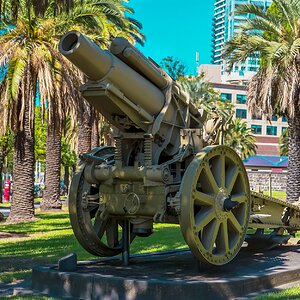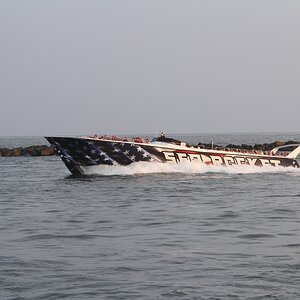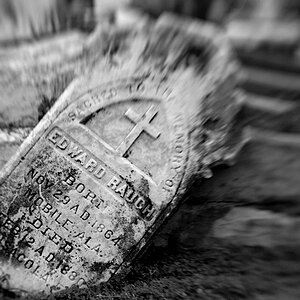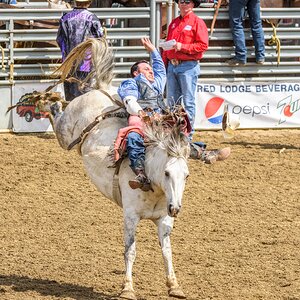rhino123
TPF Noob!
- Joined
- Nov 3, 2010
- Messages
- 62
- Reaction score
- 0
- Location
- Somewhere out there... in Limbo
- Can others edit my Photos
- Photos OK to edit
Hi,
I have a 100mm macro lens that I like. But recently I am wondering if I should get a 500D or 250D close up filter.
(I have once used the extension tubes, but didn't like them so I sold them off.)
I read it somewhere that 500D is a 2x magnification and 250D is a 4x magnification (don't know if its true). I understand that both close up filter would cause some degration on my pic, but which will do more harm?
I have a 100mm macro lens that I like. But recently I am wondering if I should get a 500D or 250D close up filter.
(I have once used the extension tubes, but didn't like them so I sold them off.)
I read it somewhere that 500D is a 2x magnification and 250D is a 4x magnification (don't know if its true). I understand that both close up filter would cause some degration on my pic, but which will do more harm?





![[No title]](/data/xfmg/thumbnail/37/37121-fda7b1957cb0d0be7bab1ddd3ec87847.jpg?1619737883)


![[No title]](/data/xfmg/thumbnail/42/42460-80970c44cc9fb42dd0c86d08e7bc401d.jpg?1619740191)




